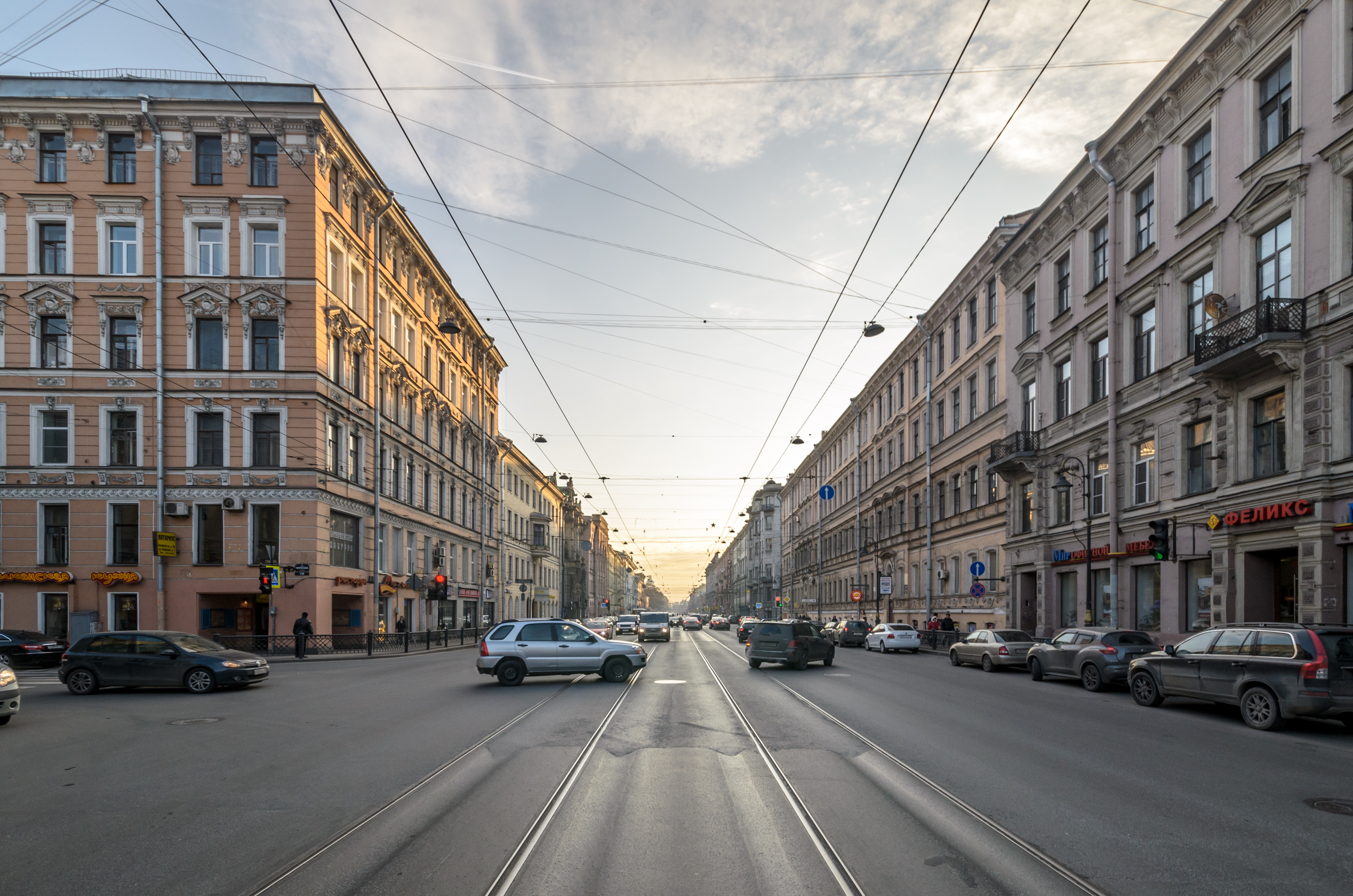Foundry Avenue on:
[Wikipedia]
[Google]
[Amazon]
 Liteyny Avenue (russian: Лите́йный проспе́кт, ''Liteyny Prospekt'') is a wide avenue in the Central District of
Liteyny Avenue (russian: Лите́йный проспе́кт, ''Liteyny Prospekt'') is a wide avenue in the Central District of
 Liteyny Avenue (russian: Лите́йный проспе́кт, ''Liteyny Prospekt'') is a wide avenue in the Central District of
Liteyny Avenue (russian: Лите́йный проспе́кт, ''Liteyny Prospekt'') is a wide avenue in the Central District of Saint Petersburg
Saint Petersburg ( rus, links=no, Санкт-Петербург, a=Ru-Sankt Peterburg Leningrad Petrograd Piter.ogg, r=Sankt-Peterburg, p=ˈsankt pʲɪtʲɪrˈburk), formerly known as Petrograd (1914–1924) and later Leningrad (1924–1991), i ...
, Russia
Russia (, , ), or the Russian Federation, is a List of transcontinental countries, transcontinental country spanning Eastern Europe and North Asia, Northern Asia. It is the List of countries and dependencies by area, largest country in the ...
. The avenue runs from Liteyny Bridge to Nevsky Avenue
Nevsky Prospect ( rus, Не́вский проспе́кт, r=Nevsky Prospekt (street), Prospekt, p=ˈnʲɛfskʲɪj prɐˈspʲɛkt) is the main street (high street) in the federal city of Saint Petersburg, St. Petersburg in Russian Federation, ...
.
The avenue originated in 1738 when the forest was cleared to make a trail from Nevsky Prospekt to a foundry (est. 1711) at the banks of Neva River
The Neva (russian: Нева́, ) is a river in northwestern Russia flowing from Lake Ladoga through the western part of Leningrad Oblast (historical region of Ingria) to the Neva Bay of the Gulf of Finland. Despite its modest length of , it i ...
. The Russian word "liteyny" means "metal casting" as an adjective, hence the street name.
Soon after the October Revolution
The October Revolution,. officially known as the Great October Socialist Revolution. in the Soviet Union, also known as the Bolshevik Revolution, was a revolution in Russia led by the Bolshevik Party of Vladimir Lenin that was a key moment ...
, the avenue was named ''Prospekt Volodarskogo'' after the Russian revolutionary V. Volodarsky
V. Volodarsky (russian: В. Володарский; December 11, 1891 – June 20, 1918) (born: Moisey Markovich Goldstein) was a Marxist revolutionary and Soviet politician. He was assassinated in 1918.
Biography
Early years
V. Volodarsky ...
. In 1944, the historic name was restored.
Notable locations
* No. 4 – the Big House, formerNKVD
The People's Commissariat for Internal Affairs (russian: Наро́дный комиссариа́т вну́тренних дел, Naródnyy komissariát vnútrennikh del, ), abbreviated NKVD ( ), was the interior ministry of the Soviet Union.
...
building, currently local city government office.
* No. 14 – the 19th-century Varvara Dolgoruky mansion.
* No. 24 – Muruzi House
Muruzi House is a notable apartment building – a former revenue house in central Saint Petersburg, Russia, constructed in 1870s for count Alexander Dmitrievich Mourouzis (Muruzi).
It is noteworthy for its neo-Moorish architecture and as a pla ...
with Joseph Brodsky apartment.
* No. 36 – Nekrasov Museum.
* No. 37 – Department of Crown Domain ('Dom departamenta udelov'), 1840s, Harold Bosse.
* No. 42 – former Zinaida Yusupova
Princess Zinaida Nikolayevna Yusupova (russian: Зинаи́да Никола́евна Юсу́пова; 2 September 1861 – 24 November 1939) was an Imperial Russian noblewoman, the only heiress of Russia's largest private fortune of her t ...
mansion, currently St. Petersburg Institute of International Trade, Economics and Law
St. Petersburg Institute of International Economic Relations, Economics and Law (IIEREL) – IVESEP (russian: Институ́т внешнеэкономи́ческих свя́зей, эконо́мики и пра́ва, ИВЭСЭ́П) is an i ...
.
* No. 56 – Mariinsky Hospital (built by Giacomo Quarenghi).
Footnotes
References
* * {{Commons category, Liteyny Prospekt Streets in Saint Petersburg